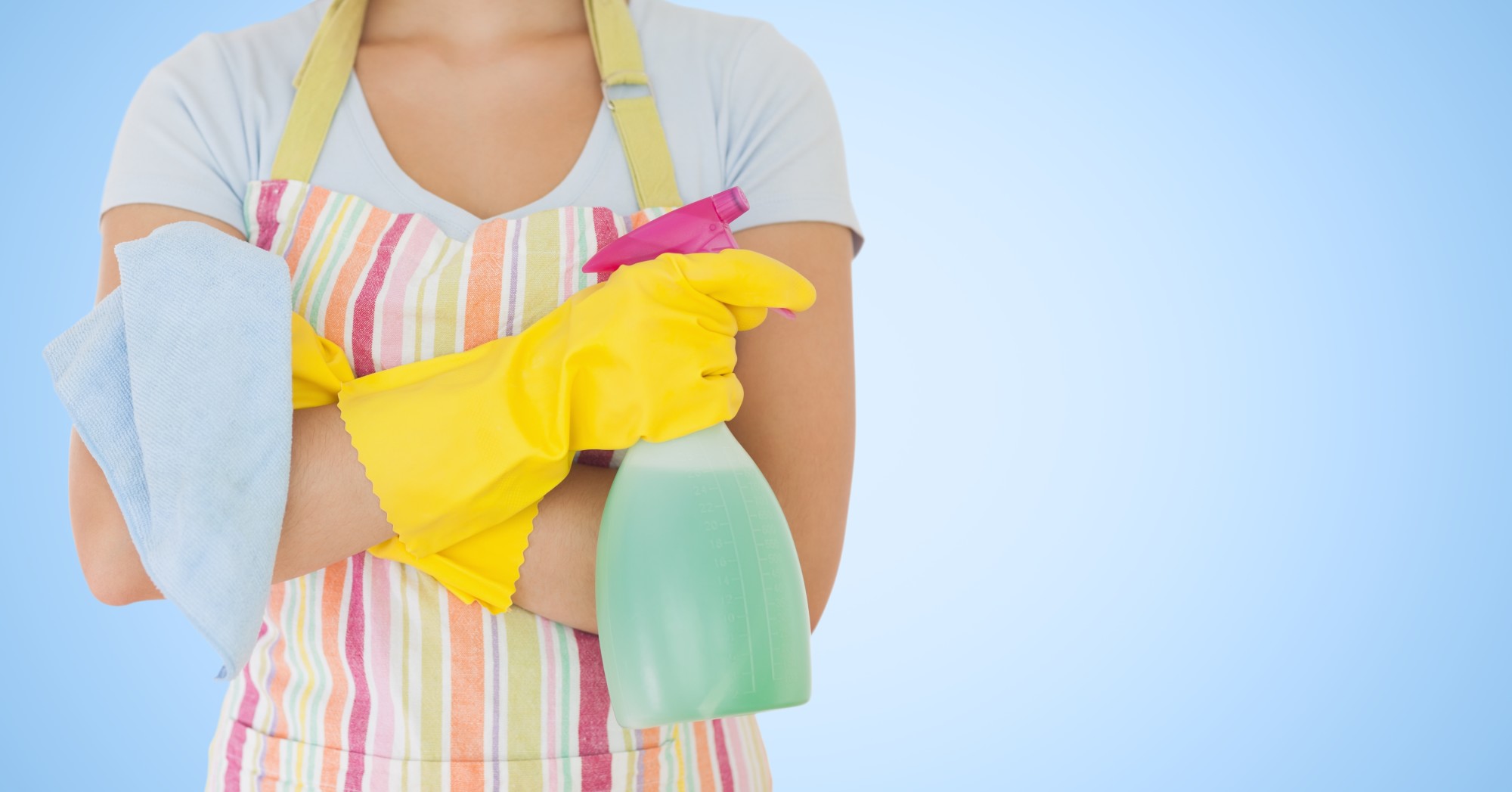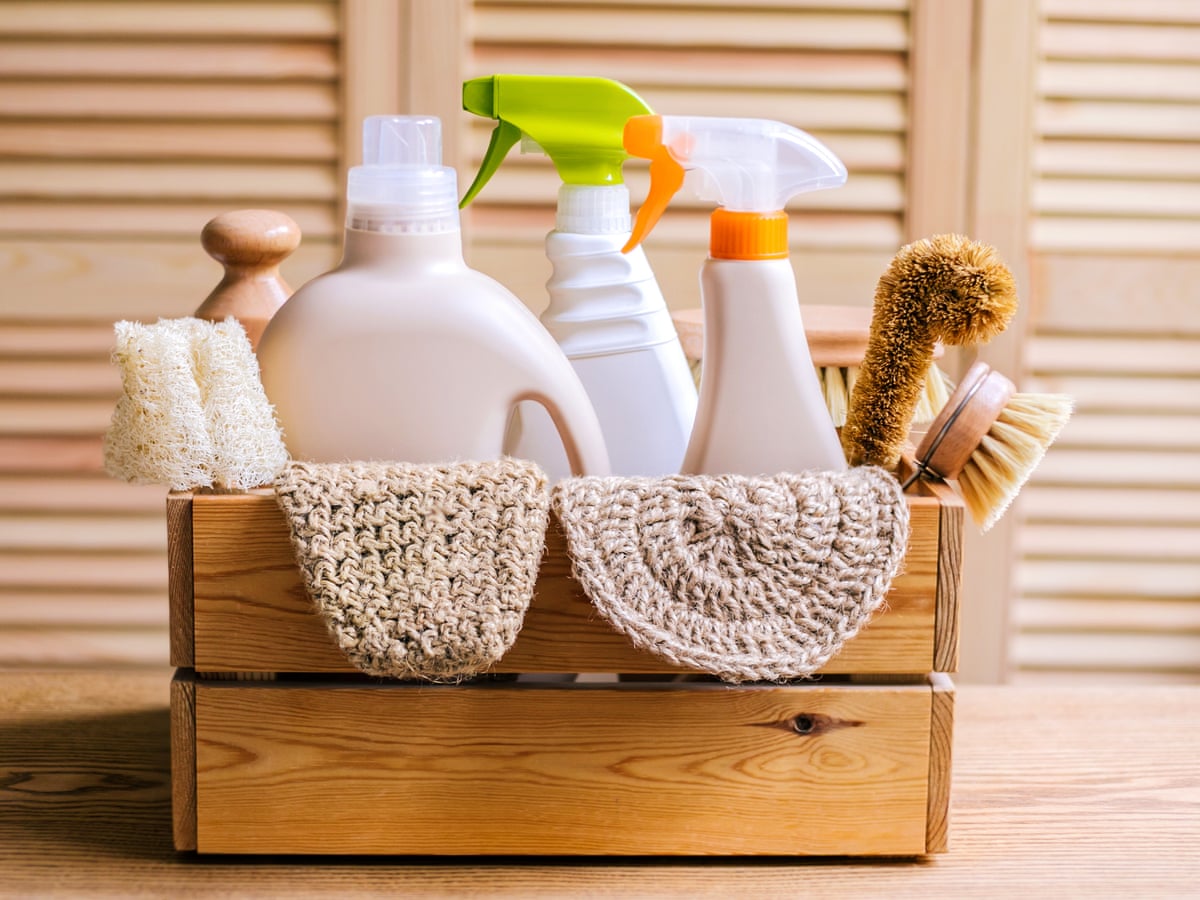Just how to Keep Your Home Spotless: Everyday Cleaning Tips for Defrosted and Cleaned Every Few Months
Just how to Keep Your Home Spotless: Everyday Cleaning Tips for Defrosted and Cleaned Every Few Months
Blog Article
Understanding the Need for Extensively Sanitizing and Disinfecting Frequently Touched Surfaces in High-Traffic Locations
In the realm of public health and wellness and safety and security, the precise disinfection and sanitization of frequently touched surface areas in high-traffic areas stand as critical actions in stopping the spread of damaging virus. By exploring the various facets of surface area sanitation, from the risks associated with neglecting cleansing procedures to the reliable techniques that can be utilized, a clearer understanding arises of the vital duty these methods play in protecting public health and wellness.
Significance of Surface Area Disinfection
Highlighting the extensive disinfection of high-traffic surface areas is vital in maintaining a hygienic atmosphere and stopping the spread of harmful microorganisms. High-touch surface areas such as door takes care of, light switches, elevator buttons, and counter tops work as reproducing premises for bacteria and viruses. Regular disinfection of these surface areas is essential to reduce the risk of contamination and transmission of diseases.
By executing a robust disinfection protocol, businesses and establishments can develop a much safer setting for employees, consumers, and visitors. Correct surface disinfection not only reduces the spread of contagious diseases yet also infuses confidence in the tidiness and safety of the properties. This proactive method shows a commitment to wellness and health, which is specifically important in high-traffic areas where the possibility of direct exposure to microorganisms is heightened.
Moreover, surface disinfection plays a critical function in total infection control methods. Integrated with hand hygiene methods, using masks, and preserving physical distancing, thorough sanitation of high-touch surfaces develops an extensive defense against the transmission of damaging bacteria. Focusing on surface area disinfection is an important component of an all natural method to health and wellness in shared rooms.
Risks of Ignoring Cleaning Practices
Disregarding thorough sanitation of high-traffic surfaces dramatically heightens the risk of viral and microbial contamination, positioning a major danger to the health and wellness and security of people often visiting these areas. Failure to apply appropriate cleansing practices can cause the buildup and spread of hazardous pathogens, including microorganisms and viruses, on frequently touched surfaces such as doorknobs, handrails, elevator buttons, and countertops.

In addition, neglecting the relevance of comprehensive cleaning not just endangers the wellness of people yet likewise threatens initiatives to maintain a clean and sanitary atmosphere. It is crucial to acknowledge the value of appropriate sanitation protocols in stopping the spread of infections and protecting public wellness.
Effective Disinfection Methods
To maintain optimum tidiness and reduce the threat of contamination on high-traffic surface areas, using effective disinfection techniques is vital. Among the most efficient and typical sanitation approaches is using chemical anti-bacterials. These items can vary in toughness and structure, with some targeting particular microorganisms like microorganisms or viruses. It is important to comply with the manufacturer's directions for correct dilution, call time, and air flow when making use of chemical disinfectants to guarantee their performance - Clear Out Any Clutter.
An additional efficient method is the usage of UV-C light. UV-C light has been shown to be effective in killing a large range of bacteria by interrupting their DNA structure, thus stopping them from replicating. It is important to make use of UV-C light appropriately, ensuring that the proper strength and direct exposure time are used to achieve the wanted sanitation results.
In addition, employing steam cleansing as a disinfection approach can be extremely effective, especially on surfaces that are heat-resistant. Heavy steam can penetrate permeable surfaces and kill bacteria, viruses, and various other microorganisms effectively. When making use of vapor cleansing, it is essential to make certain that the surface gets to the required temperature for an enough amount of time to assure appropriate sanitation.
Effect On Public Wellness
The maintenance of high standards of tidiness and disinfection on high-traffic surface areas plays an important function in securing public wellness. Regularly touched surface areas in locations with high footfall, such as doorknobs, handrails, elevator buttons, and restroom facilities, function as reproducing grounds for dangerous pathogens. Stopping working to sufficiently disinfect these surfaces can bring about the quick spread of transmittable illness within areas. By executing extensive disinfection methods, the danger of transmission of viruses, germs, and other bacteria can be substantially decreased.
In high-traffic locations like flight terminals, schools, healthcare facilities, and public transportation systems, the influence of extensive disinfection actions can not be understated. Prioritizing the view it now sanitization of frequently touched surface areas is an aggressive technique to promoting public health and boosting the security of individuals in common spaces.
Implementing Regular Cleansing Protocols
Promptly setting up and adhering to a consistent schedule of cleansing protocols is paramount for maintaining the sanitation and safety of high-traffic surface areas. Routine cleansing procedures are vital in look at this web-site avoiding the build-up of germs and microorganisms on regularly touched surfaces, specifically in areas with high foot website traffic. By executing an organized method to cleansing, organizations can efficiently decrease the threat of illness transmission and produce a much healthier atmosphere for employees, customers, and the public.
To establish an efficient cleansing schedule, it is essential to determine high-traffic locations that require regular interest. These locations may consist of doorknobs, hand rails, lift buttons, washroom centers, and common equipment. Carrying out a regular cleansing regimen that targets these surfaces several times a day can dramatically reduce the spread of damaging microorganisms and infections.
In addition, utilizing proper cleaner and disinfectants is essential to making sure that surfaces are extensively sterilized. Routine training of cleaning up staff on appropriate cleaning methods and the value of adherence to the cleansing routine is additionally vital in maintaining a hygienic setting. By focusing on constant cleansing methods, companies can advertise the wellness and wellness of individuals who communicate with these high-traffic surfaces.

Final Thought
Finally, it is essential to prioritize detailed sanitation and sanitization of frequently touched surfaces in high-traffic areas to stop the spread of unsafe pathogens and maintain public health and wellness. Disregarding correct cleansing techniques can increase the threat of contamination and transmission of conditions. By implementing regular cleaning protocols and using effective sanitation techniques, we can produce a more secure setting for everyone (Scrub the Surfaces). It is important to recognize the relevance of preserving clean surface areas in high-traffic locations to make certain the health of the area.
In the world of public health and safety and security, the meticulous disinfection and sanitization of regularly touched surfaces in high-traffic areas stand as critical steps in avoiding the spread of dangerous virus. By exploring the different aspects of surface sanitation, from the threats associated with neglecting cleaning protocols to the efficient techniques that can be utilized, a more clear understanding emerges of the vital function these practices play in securing public health.In addition, employing heavy steam cleansing as a disinfection approach can be highly official website reliable, especially on surfaces that are heat-resistant. When utilizing vapor cleaning, it is crucial to ensure that the surface gets to the called for temperature for an adequate quantity of time to guarantee appropriate sanitation.
In final thought, it is important to focus on comprehensive sanitation and sanitization of regularly touched surfaces in high-traffic areas to avoid the spread of unsafe pathogens and preserve public wellness.
Report this page